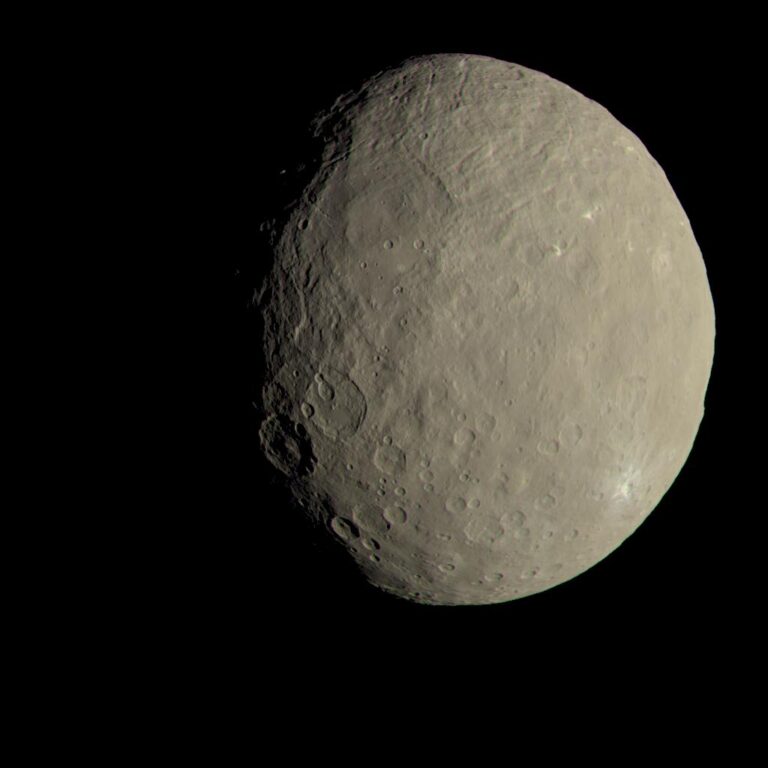Key Takeaways:
Our galaxy is missing matter — baryonic matter, to be specific. Baryonic matter consists of baryons: particles such as protons and neutrons. It’s the everyday matter around you and makes up every element on the periodic table. Astronomers have been puzzled by the fact that the Milky Way and other galaxies are missing baryonic matter when the mass of their easily measured components, the disk and the bulge, are summed. Recent observations have indicated that galaxies may host a diffuse halo of gas out to great distances (hundreds of thousands of light-years), which is particularly hard to detect but could account for the missing matter. And now, as all-sky surveys amass ever more data, astronomers are finally starting to uncover more information about these halos.
In a paper published in Nature Astronomy April 18, authors Huanian Zhang and Dennis Zaritsky describe their research exploring the Milky Way’s galactic halo of cool, diffuse hydrogen gas by observing the light of other galaxies as it passes through the halo on its way to Earth. When this light is broken up by a prism, it forms a spectrum that contains key details about the material the light has traveled through, which includes not only the matter in the distant galaxy from which it came, but also any intervening matter the light may have encountered on its journey — such as our galactic halo.
This type of line-of-sight observation has been used before to study the galaxy’s halo, but has typically been limited to a few bright objects such as distant quasars (the extremely bright disks of gas and dust around supermassive black holes) or distant stars in our own galaxy’s halo. But with the ongoing releases of data from surveys such as the Sloan Digital Sky Survey (SDSS), millions of distant galaxy spectra are available for use. The vast amount of data allows astronomers to more easily separate out effects from the “nearby” gas in our galaxy’s halo as the light passes through it.
Zhang and Zaritsky compiled a sample of 732,225 galaxy spectra from the 12th data release of the SDSS. By “stacking” or combining these spectra together, they were able to essentially boost the otherwise weak signal of the galaxy’s hydrogen halo, making it much easier to observe and characterize. The result was a clear detection of hydrogen-alpha, a specific “thumbprint” left on the light as it passed through the neutral hydrogen of the galactic halo.
Based on the stacked signal, the pair determined that the gas could be moving at speeds up to 435 miles per second (700 kilometers per second). It has no net infall or loss, meaning it stays in the halo for the most part, rather than streaming away as outflows or falling inward to provide fuel for new stars. They also estimate the gas’ temperature could be about 21,000 degrees Fahrenheit (11,700 degrees Celsius).
However, because Zhang and Zaritsky’s work combines hundreds of thousands of observations from all over the sky, it can’t provide fine details about the gas’ smaller-scale motions or temperature distribution. The work also focuses on only one component of many believed to belong to this galactic halo. In addition to cool hydrogen gas, the halo is thought to contain isolated hydrogen clouds and diffuse hot hydrogen gas that is visible in X-rays and was spotted by NASA’s Chandra X-ray Observatory.
This work does help to lay the foundation for future exploration of this difficult-to-see but extremely massive component of our galaxy, which contains as much matter as all the stars in the bulge and disk of the galaxy put together. The authors conclude that more line-of-sight observations and analysis of additional spectral signatures left by this gas will help to flesh out the developing picture of our galaxy’s massive hydrogen halo.










